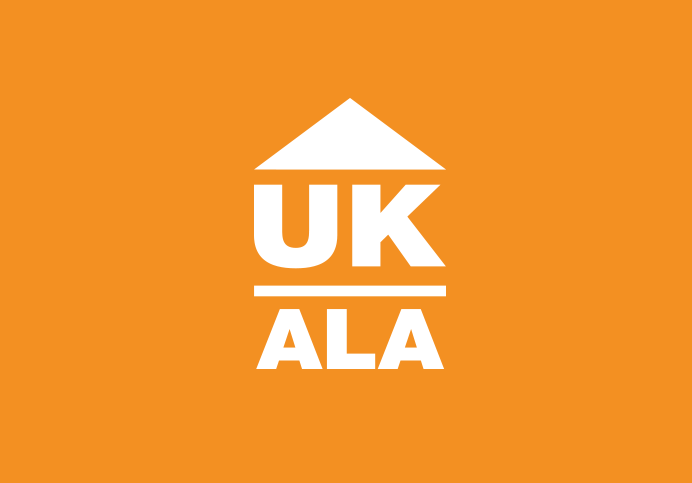
Treatment and Disposal of Sewage where No Foul Sewer is Available
Sewage treatment and disposal can be provided by a sewer provider (that is the public ‘foul’ sewer) or by a private sewage treatment system. New developments proposing the use of private sewage treatment systems are usually only acceptable where connection to the public sewer is not possible. Although if a treatment system is proposed that offers a more sustainable solution to the overall water management of the site, that might be acceptable.
Sewage treatment and disposal can be provided by a sewer provider (that is the public ‘foul’ sewer) or by a private sewage treatment system. New developments proposing the use of private sewage treatment systems are usually only acceptable where connection to the public sewer is not possible. Although if a treatment system is proposed that offers a more sustainable solution to the overall water management of the site, that might be acceptable.
Some homes are not connected to a public sewer because they are too far away. Instead, they may use a septic tank or package sewage treatment plant to deal with their domestic sewage. The discharge from a septic tank goes into the ground via an infiltration system or drainage field (soakaway) – this now requires registration with the Environment Agency (England and Wales) or Scottish Environment Protection Agency (Scotland) (see next section). The discharge from a package sewage treatment plant may either go to ground or into surface water such as a river, stream or estuary – this requires a permit from the EA or SEPA.
A septic tank is a simple tank that is usually buried in the ground; it has an inflow of sewage from the house and an outflow from the tank. The septic tank allows solid matter to settle in the tank and liquids to flow out. The solid matter must be removed by emptying the tank at regular intervals. The outflow from the tank requires further treatment and this is normally achieved by soaking it away into the ground, where bacteria in the soil complete the treatment process. A discharge from a septic tank straight into surface water cannot be registered, and it is unlikely that we would grant an environmental permit for such a discharge.
A package sewage treatment plant (often called ‘package plants’ or ‘PTPs’) are like mini sewage treatment works and produce much cleaner effluent than septic tanks. For this reason, effluent from package treatment plants can normally be discharged to surface waters such as rivers, streams or estuaries. Package treatment plants are more sophisticated than septic tanks and require a source of power as well as more frequent maintenance.